Per Sebaste, la panchina perfetta è una “piega del mondo”, dove l’orizzonte lontanamente sconosciuto della visione ci libera, poiché “incorporato” da noi, se il sedersi rilassa per meditazione. Anche geograficamente, il panorama presuppone un terrazzo. Natasha è stata inquadrata in abito da sposa, in città. Lei posa seduta su una panchina, ed in maniera abbastanza “scoordinata”: accavallando non solo le gambe, ma anche il braccio destro, sullo schienale. L’espressione del volto si percepisce meditativa. Gli occhi sono chiusi, mentre la mano destra sale al mento, provando se non a “consolarlo” almeno a supportarlo. L’inquadratura ha una prospettiva doppiamente sghemba, all’incrocio fra la panchina e gli arti. Così vale la percezione d’un dis-piegamento, nella realtà a rilievi o scavi. Sarà un simbolismo per la meditazione della sposa? Sullo sfondo, la tenda da sole del negozio paradossalmente “tornerà indietro” dalla sua panoramica, aggregandosi alla “zattera” della panchina. I pensieri di Natasha potrebbero rendersi incerti.
According to Sebaste, the perfect bench is a “fold of the world”, where the horizon distantly unknown of the vision frees us, because it is “incorporated” by us, if the act of sitting relaxes for a meditation. Also geographically, a panorama presupposes a terrace. Natasha was framed in wedding dress, in the city. She poses sitting on a bench, and in a way quite “uncoordinated”: crossing not only the legs, but also the right arm, on the backrest. The face’s expression is perceived meditative. The eyes are closed, while the right hand raises into to chin, trying maybe not to “console” it, but at least to “support” it. The framing has a perspective doubly crooked, at the intersection between the bench and the limbs. So the perception of an un-folding is valid, in the reality by reliefs or excavations. Will that be a symbolism for a meditation of the bride? On the background, an awning of the shop paradoxically “will go back” from its panoramic view, joining a “raft” of the bench. The Natasha’s thoughts could become uncertain.
(courtesy to Allen Fan)
Per il pittore Braque, esteticamente il vaso conferisce una forma al vuoto, e la musica al silenzio. Potrà funzionare un cubismo sinestetico? Il vaso fa crescere la naturalezza, la quale è sempre “coinvolgente” (un po’ come la musica). Così il mero cubo s’intensifica. Maryna è stata inquadrata in piedi, posando virtualmente al “passo di danza”. In particolare lei divarica le gambe, ed alza le braccia sopra la testa, con le mani intrecciate. Così l’intero corpo proverà ad “inscriversi” in una vecchia fioriera di marmo, dietro. Intuiamo la location d’un parco pubblico, dallo sfondo con gli alti alberi e le panchine lungo un viottolo. I fiori sono bianchi o viola. Fra le gambe e le foglie (sia lanceolate sia “piangenti”) si percepisce un dinamismo propulsivo. Qui il glamour deriva anche dal “silenzio” del seno, coperto dall’abito ma impossibilitato a frenare il boom della fioriera, il cui cubo pare addirittura “divelto” dalla gonna.
According to the painter Braque, aesthetically the vase gives shape to the empty space, and the music to the silence. Could a synaesthetic cubism function? A vase allows the growth of the naturalness, which is always “engaging” (a bit like the music). So the mere cube becomes more intense. Maryna was framed standing, virtually posing “in the dance step”. In particular she spreads the legs, and raises the arms over the head, with the intersected hands. So the entire body will try to “be inscribed” in the old marble flower pot, behind. We intuit the location of a public park, by the background with the tall trees and by the benches along a lane. The flowers are white or violet. Between the legs and the leaves (both lanceolate and “weeping”), a propulsive dynamism is perceived. Here the glamour comes also from the “silence” of the breast, covered by the dress but without the possibility of restraining the boom of the flower pot, whose cube seems even “pulled out” by the skirt.
(courtesy to Raphael Ruis)
Jules Renard ha immaginato che il suo paese fosse quello dove passano le nuvole più belle. Quantomeno alla spensieratezza dell’infanzia, perfino il temporale non potrà “disturbare”! Laura è stata inquadrata in piedi, sulla strada d’un borgo medievale. Precisamente, lei appoggia il braccio sinistro alla cima d’un muretto in pietra. Il corpo s’inarca, accrescendo la sensazione dialettica d’un riposo… per la rigidità. Non si tratterà d’un muro che chiuda, bensì d’uno scudo che scavi. Prettamente, noi percepiremmo uno spleen esistenziale per la futilità del fashion. Laura veste interamente il rosa, e quasi donando una “pelle di luce tramontante” alle “nuvole” non più rovinose, in quanto temporalesche, delle pietre per il muretto. Così il viso avrà l’espressione di chi cerchi un ricordo…
Jules Renard imagined that his town is the same where the most beautiful clouds pass. At least in the lightheartedness of the childhood, even the storm could not “disturb”! Laura was framed standing, on the road of a medieval town. Precisely, she leans the left arm on the top of a little stone wall. The body is arched, increasing the dialectical sensation of a rest… for the rigidity. That will not be about a wall that closes, but about a shield that digs. Essentially, we would perceive an existential spleen for the futility of the fashion. Laura wears completely the pink, and almost giving a “skin of a light in the sunset” to the “clouds” no more ruinous, because they are stormy, of the stones for the little wall. So the face will have the expression of somebody who looks for a memory…
(courtesy to Giovanni Ianniello)
Per Irene Chiozza, incontrando la donna che “interessa”, il cuore farebbe due volte il salto carpiato, per un “accartocciarsi” della mente paradossalmente in primavera ed estate, quando le foglie sono troppe. Lei porterà la gonna a fiori, profumata di “limoni ondosi”, per un look pungente ma nel contempo sfuggente, da percepire, nella sua miniatura, mediante gli occhi penetranti. Rita è stata inquadrata in piedi. Lei ha posato all’aperto, e probabilmente nel giardino d’un palazzo storico. Infatti sullo sfondo si scorge un pavimento a rombi, sotto ad una parete coi bassorilievi. Sulla destra, l’inquadratura ha tagliato una siepe di bosso. Rita assume una posa da modella in passerella, incrociando le gambe mentre le braccia si piegano, per portare le mani sulla pancia. Così il mezzobusto si percepirebbe “carpiato” in una rigidità sorretta dall’eleganza, grazie alla “corda ondeggiante” dei capelli sciolti. La gonna ha il design dei limoni, quantunque al solo “miraggio” della loro succosità, per le righe orizzontali ad interferenza, laddove il grigio-nero sembrerebbe d’incertezza oracolare. Lo sguardo di Rita sarà penetrante al fine d’edulcorare le “aspre” forzature del fashion?
According to Irene Chiozza, meeting the woman “desired” by us, the heart would realize twice a pike jump, for a mind that paradoxically “is crushed” in spring and in summer, when the leaves are too much. She will wear the floral skirt, perfumed by the “wavy lemons”, for a look biting but in the same time fleeing, that we have to perceive, in its miniature, through the piercing eyes. Rita was framed standing. She posed outdoors, and probably in the garden of a historic building. In fact on the background we glimpse a floor with the rhombuses, under a wall with the low reliefs. On the right, the framing cut a box hedge. Rita assumes the pose of a model on the catwalk, crossing the legs while the arms bend, to bring the hands on the belly. So the head and shoulder would be perceived “pike” in a rigidity supported by the elegance, through a “waving rope” of the loose hair. The skirt has the design of the lemons, although in the only “mirage” of their juiciness, for the horizontal stripes in interference, where the grey-black would seem of an oracular uncertainty. Will the Rita’s gaze be piercing in order to sweeten a “sour” stretch from the fashion?
(courtesy to Francesco Nanetti)
Bibliografia – Bibliography
BORASCHI A., La donna francese, Panesi Edizioni, Cogorno 2019
CHIOZZA I., Tre cieli: quella volta che Murakami mi copiò, Yocanprint, Tricase 2019
POUGEOISE M. Dictionnaire didactique de la langue francaise, Armand Colin, Parigi 2016
SEBASTE B., Panchine: come uscire dal mondo senza uscirne, Laterza, Roma-Bari 2008
Biografia – Biography
La modella professionista Natasha Palachkovich nasce a Banja Luka (Bosnia ed Erzegovina), nel 1994. Lei parla nove lingue fluidamente, che insegna dal suo canale su Youtube.
The professional model Natasha Palachkovich was born in Banja Luka (Bosnia and Herzegovina) in 1994. She speaks fluently nine languages, teaching these from her Youtube channel.
www.youtube.com/@natashathepolyglot
Il fotografo Allen Fan vive a Hangzhou (Cina).
The photographer Allen Fan lives in Hangzhou (China).
La modella professionista Maryna Sedin nasce a Berdjans’k (Ucraina). Lei oggi lavora a Londra (Gran Bretagna).
The professional model Maryna Sedin was born in Berdiansk (Ukraine). Today she works in London (Great Britain).
Il fotografo Raphael Ruis lavora a Cambridge (Gran Bretagna). Esperto di scatti naturalistici, egli parla anche l’italiano.
The photographer Raphael Ruis works in Cambridge (Great Britain). Expert of naturalistic shots, he also speaks Italian.
La modella italiana Laura Vendramin, nata nel 1997, vive a Sacile (PN). Lei è soprattutto nota come artista.
The Italian model Laura Vendramin, born in 1997, lives in Sacile (Province of Pordenone). She is principally known as artist.
Il fotografo italiano Giovanni Ianniello vive a Sacile (PN). Egli ha studiato Pianificazione e politiche per la città, l’ambiente e il paesaggio.
The Italian photographer Giovanni Ianniello lives in Sacile (Province of Pordenone). He studied Planning and policies for the city, environment and landscape.
La modella italiana Rita Musi nasce a Bologna. Lei ha studiato Giurisprudenza.
The Italian model Rita Musi was born in Bologna. She studied Jurisprudence.
Il fotografo italiano Francesco Nanetti vive a Bologna.
The Italian photographer Francesco Nanetti lives in Bologna.

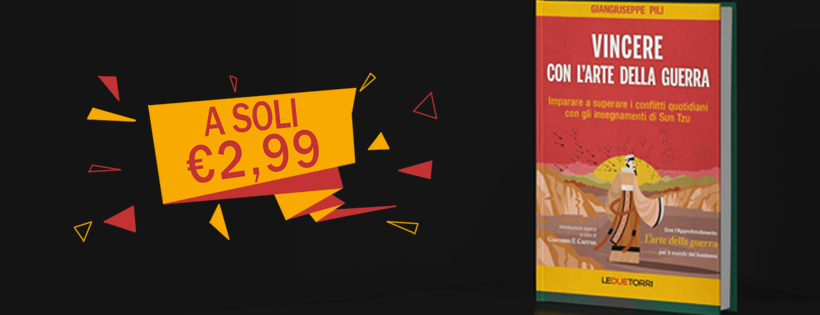
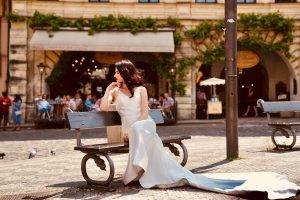
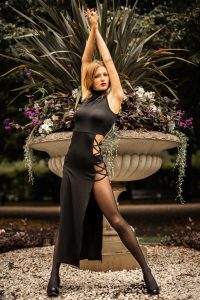
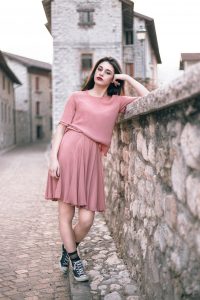
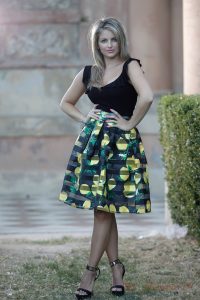
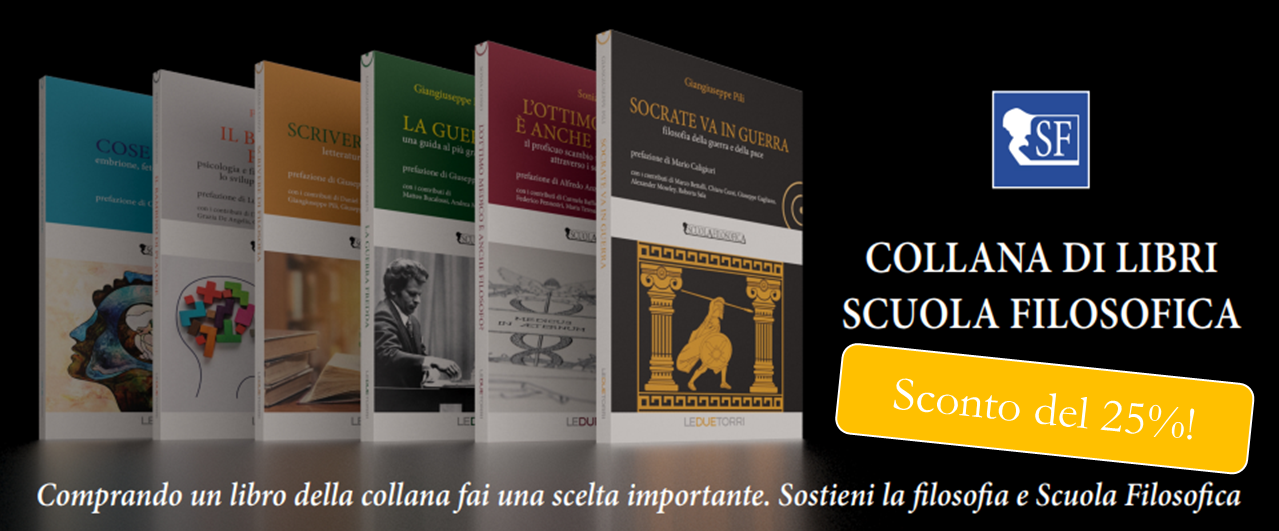

Be First to Comment